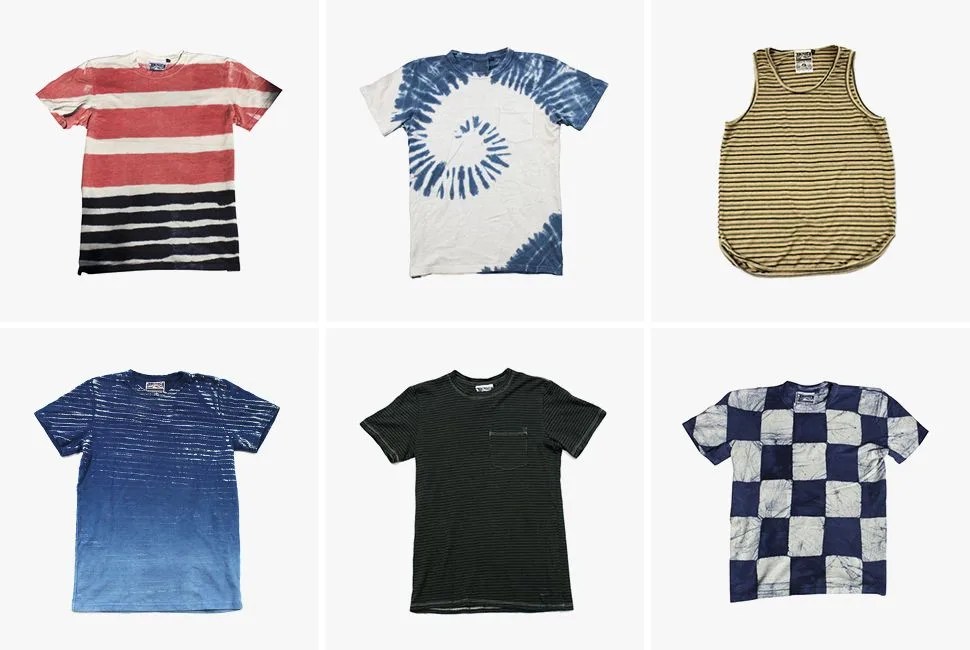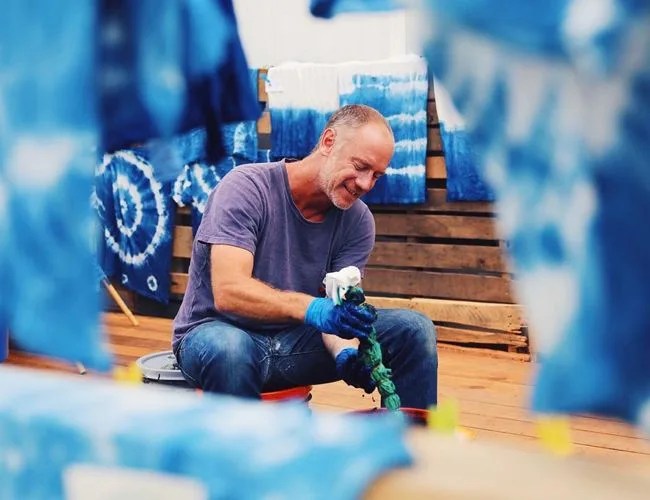The argument for hemp-based clothing is varied and robust. Most proponents are quick to point out that hemp fabric is UV protective, that it naturally resists odors, that it outlasts cotton and can stop the spread of harmful surface bacteria like staph (and should probably be worn by every hospital patient, doctor and nurse in the country), and that the plant used to make the fabric grows without the need for pesticides, requires about half the water as conventional cotton and absorbs more carbon dioxide than any other crop known to man. All true.
But Robert Jungmann, founder of the L.A.-based hemp clothing company Jungmaven, is not like most proponents. “You can tell everyone in the world this stuff,” he said. “But if a hemp shirt doesn’t make you feel good, if it doesn’t make you look good, people don’t care. That’s what it boils down to, and there’s a simplicity to that.” And it’s that simplicity, which Jungmaven, a sustainable brand that focuses its offerings on basic, well-fitting tee-shirts, champions above all else.
“If a hemp shirt doesn’t make you feel good, if it doesn’t make you look good, people don’t care. That’s what it boils down to.”
Jungmann, now in his mid-40s, has decades of experience with industrial hemp. He is the founder and former owner of the outdoor clothing company Manastash, and started Jungmaven back in the early 2000s. His interest in hemp began when he was in a junior in college. “I had a professor who told me that we could stop cutting down the rainforests in Washington if we cultivated industrial hemp,” Jungmann said. “That was my aha! moment. At that time, I thought you could only smoke it.”
The problem is that industrial hemp was, and still is, illegal in the eyes of the United States federal government. The Controlled Substances Act, passed in 1970, ignores the distinction between industrial hemp and recreational marijuana — an oversight that has made the plant illegal to grow on American soil without a federal permit for nearly 50 years. The irony of the law is that not all strains of cannabis, especially the kind used for industrial purposes, can get you high.
The Canadian government, which made industrial hemp legal back in 1998, maintains that only varieties of cannabis that contain less than 0.3% delta-nine tetrahydrocannabinol (THC), the primary psychoactive component in marijuana, may be grown for industrial hemp purposes; there are currently 45 different varieties of industrial hemp on Health Canada’s list of approved cultivars. Meanwhile, it is common for recreational and medicinal marijuana sold at US state-sanctioned dispensaries to have THC levels ranging from 15 to 30 percent, while concentrates, such as hash oil or wax, can skyrocket upwards of 90 percent.
Zev Paiss, the executive director of the National Hemp Association, based in Boulder, Colorado, considers much of his job as educating people about the differences between the cannabis grown for industrial purposes and that grown for recreational or medicinal purposes. “I think the vast majority of people do not know the differences,” Paiss said. “There’s a state level, and a federal level. A lot of the murkiness has to do with the fact that it’s not legal at the federal level.”

